Science Illustrated delivers natural science, break through discoveries and an understanding of the world for the entire family. Packed with stunning photography and in-depth editorial it’s a visually spectacular gateway to the world looking into the beginning of life to distant objects in the universe.
Win the holiday of your dreams with a $15,000 voucher!
Science Illustrated
MEGAPIXEL ORANG-UTAN
16,000-year-old DNA found in soil sample • For the first time ever, scientists have found DNA in soil samples. The method allows them to sequence DNA from our ancestors without discovering even a single bone fragment.
Warmer climate boosts ocean eddies • Current climate-change models do not take into effect changes in the small-scale eddies at the ocean’s surface, putting their predictions in doubt.
Meet 150 new Australian species • Australia’s CSIRO and its partners have used artificial intelligence, genomic sequencing and good old-fashioned fieldwork to identify new species from land, air and water.
Submerged Indigenous heritage revealed • Our Indigenous peoples settled Australia so long ago that they have lived through millennia of rising oceans and changing coastlines. New research reveals hidden heritage.
Return to live science events led by Brian Cox • See Professor Brian Cox live on stage, or visit a high-tech space experience opening soon in Sydney.
Breaking down Australia’s plastic recycling problem • A new two-stage process for breaking down plastics offers hope for Australia’s flagging recycling industry.
Volcanoes may promote the chance of life on Europa • New analyses of the interior of Jupiter’s moon Europa indicate active volcanoes below the surface. These could supply the necessary chemical energy for life forms to develop.
Goanna vs red-bellied black snake vs blue-tongue • A new study questions why the prey of red-bellied black snakes have developed toxin resistance, while their predators have not.
Scientists request your observations to help solve lorikeet paralysis disease • A request for assistance if you are in northern NSW or southern Queensland.
The ocean floor makes waves break • A chain reaction of circular motion and wind causes the waves, and the encounter with the ocean floor changes their shape.
Why do waves always roll towards the shore? • Waves always seem to be moving in the direction of the shore – even when the wind is blowing in the other direction. Why is that?
TOP 5 · How big can apes grow? • Humans are larger than all our direct ancestors. But which ape species have been the biggest of all time?
What are probiotics? • We hear that probiotics are good for the stomach and digestive system – but what are they?
How long is a day on Venus? • Venus rotates more slowly on its axis than it does around the Sun. Does this make a day longer than a year on Venus?
How far ahead can weather forecasts look? • How quickly does the accuracy of a weather forecast decline the longer the period it tries to predict?
How do scientists date discoveries? • Scientists can calculate the age of archaeological finds such as bones or Viking ships. But how do they do it?
What is soil, exactly? • We know soil is different from sand. But what is the definition of soil, what does it consist of, and how does soil originate?
Why is an electric kettle noisy then quiet? • Electric kettles are noisy, but fall silent once the water boils. What is going on?
Is a green roof better than a solar roof? • Should businesses use rooftops for solar power or city greenery?
What’s the earliest known carnivorous dinosaur?
Forget about synchronising clocks: YOU MAKE YOUR OWN TIME • What time is it? The innocent...
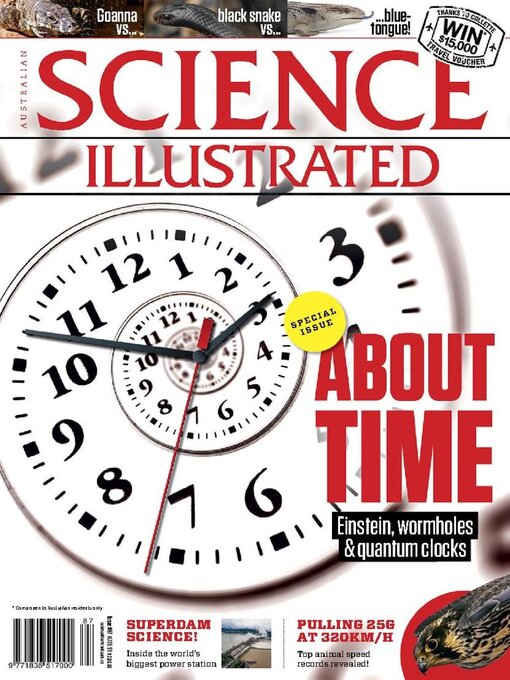
 Issue 111
Issue 111
 Issue 110
Issue 110
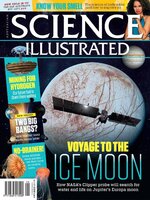 Issue 109
Issue 109
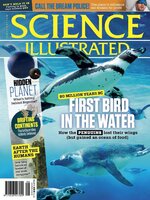 Issue 108
Issue 108
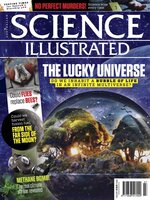 Issue 107
Issue 107
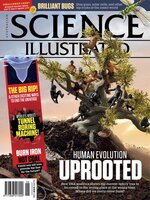 Issue 106
Issue 106
 Issue 105
Issue 105
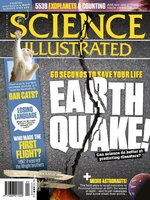 Issue 104
Issue 104
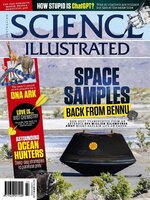 Issue 103
Issue 103
 Issue 102
Issue 102
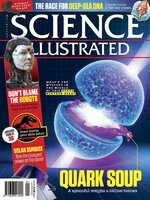 Issue 101
Issue 101
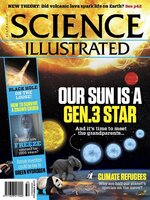 Issue 100
Issue 100
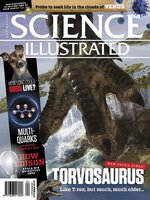 Issue 99
Issue 99
 Issue 98
Issue 98
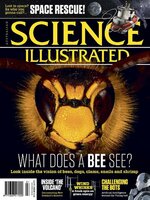 Issue 97
Issue 97
 Issue 96
Issue 96
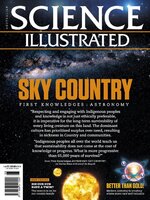 Issue 95
Issue 95
 Issue 94
Issue 94
 Issue 93
Issue 93
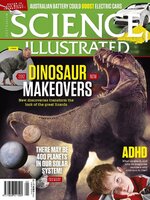 Issue 92
Issue 92
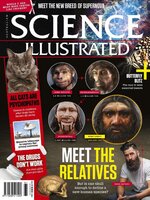 Issue 91
Issue 91
 Issue 90
Issue 90
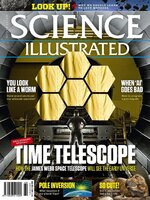 Issue 89
Issue 89
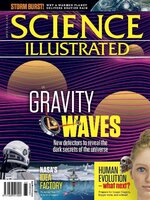 Issue 88
Issue 88
